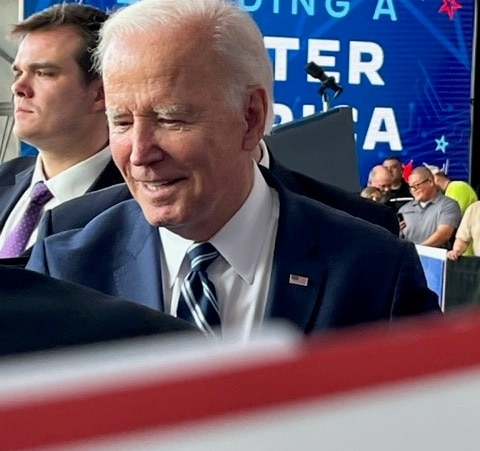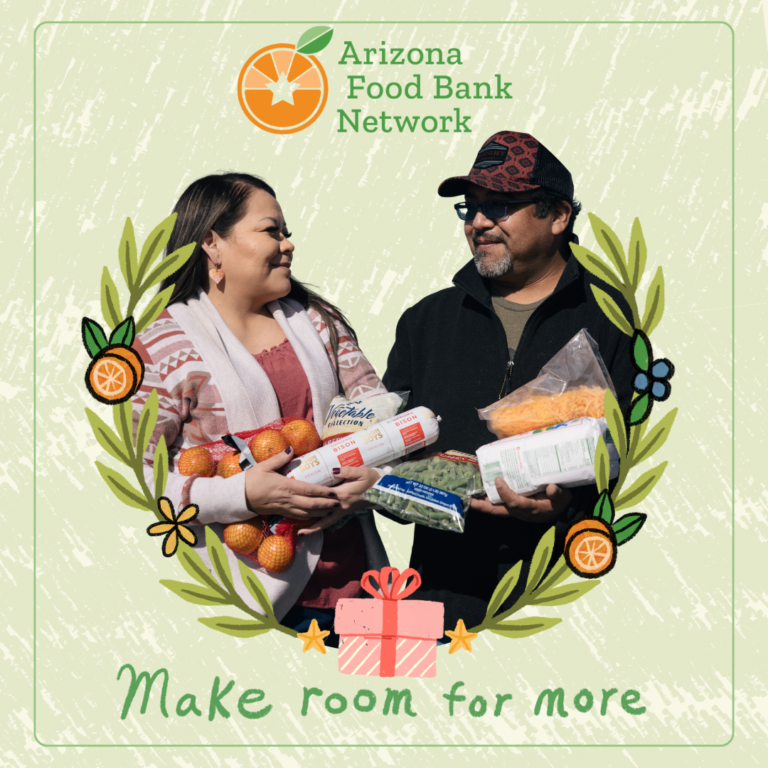Yesterday, the President spoke about his vision for the upcoming year. He spoke about the promise to Americans that this is still a land of opportunity. He spoke about the belief that most Americans still hold that if you work hard and take responsibility, you can get ahead. He also talked about wage stagnation, lack of upward mobility and lack of jobs for too many. He shared the story of a woman who was just asking for a chance.
I am trying to resolve how that message last night asking for a chance or opportunity can be remedied with the answer today from the House of Representatives that calls for cuts in the Supplemental Nutrition Assistance Program (SNAP). This morning the House voted on the Farm Bill, which if approved by the Senate and President would cut $8.6 billion (over 10 years) to SNAP—formerly known as food stamps. How can we address the poverty today facing nearly 20% of all Arizonans if we continue to undermine programs that are intended to support them during a crisis?
The SNAP cuts proposed would eliminate a provision that ties energy assistance to SNAP participation. This is not an option that Arizona has elected, so the cut would not affect hungry Arizonans. So why does the Association of Arizona Food Banks care? Because this is yet another in a series of cuts to SNAP that has chipped away at its fundamental purpose—to feed hungry children, families and seniors. The most recent cut to SNAP eliminated the ARRA supports intended to provide a small boost to families during the recession. Despite high SNAP caseloads, reports from doctors that benefits are not sufficient for healthy diets, and continuing long lines at food banks, legislators decided this boost was no longer necessary. Just three months later, we are faced with yet another cut to our country’s most important anti-hunger program.
Benefits are low—individuals are expected to feed themselves on an average benefit of $116 per month in Arizona. Recipients have to jump through many hoops to get help. In fact, Arizona is the last state in the country to require recipients to be finger imaged to receive benefits. All other states have removed such a policy because it is redundant and costly and modern technology does the job of verifying identity better.
SNAP works. It is credited with reducing poverty by 4.4%. Nearly half of SNAP recipients are children and another 20% are elderly and disabled. Many families work while on SNAP and it typically boosts their wages 10% or more, critical during a time of nearly 8% unemployment and stagnant wages. It helps keep children healthy and food secure. Seniors have access to a regular source of food. And the economy benefits too. Farmers sold food to grocery stores, retailers and big box warehouses and they in turn, redeemed nearly $124 million in SNAP benefits in Arizona last month.
AAFB will continue to speak in opposition to cuts to the SNAP program. We urge you to contact your Senator and the White House to do the same.
–Angie Rodgers, President & CEO, Association of Arizona Food Banks

